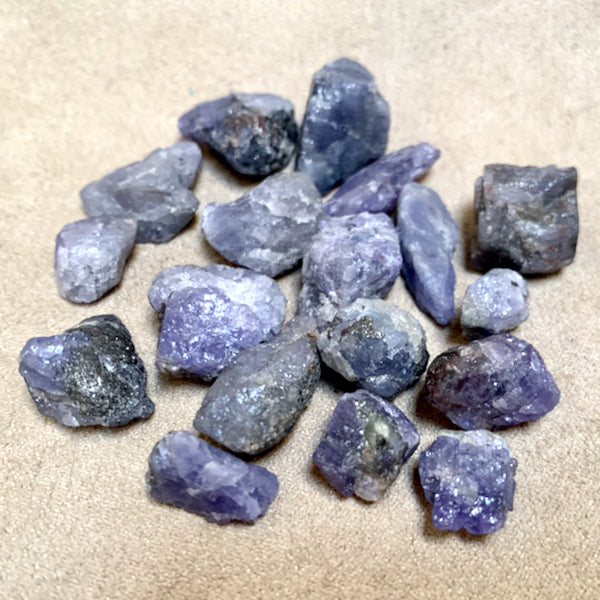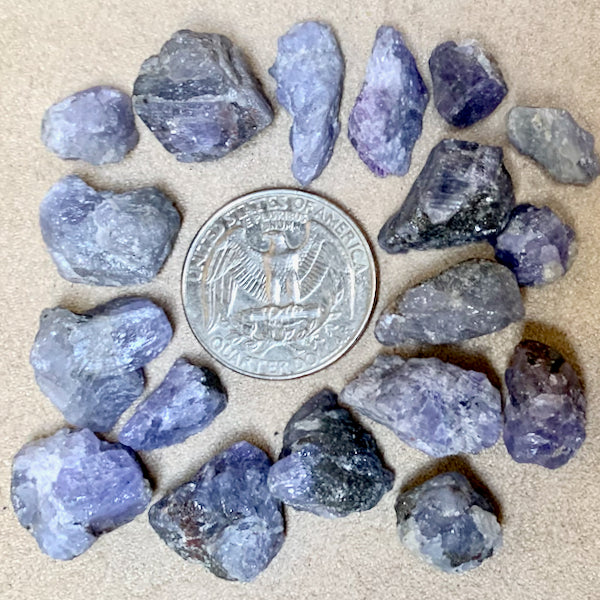Tanzanite
Tanzanite is a blue- to violet-colored gemmy variety of the mineral zoisite. Its formula is {Ca2}{Al3}(Si2O7)(SiO4)O(OH)
See the zoisite page to discover more about tanzanite HERE (mineralogy & geology; spiritual, metaphysical & healing properties)
Tanzanite Round Faceted Post Earrings
- Regular
- $15.00
- Sale
- $15.00
- Regular
-
Sold Out
- Unit Price
- per
Tanzanite Rough Crystals
- Regular
- $8.00
- Sale
- $8.00
- Regular
-
Sold Out
- Unit Price
- per
Tanzanite (Pakistan)
- Regular
- $29.00
- Sale
- $29.00
- Regular
-
Sold Out
- Unit Price
- per
Tanzanite (Pakistan)
- Regular
- $19.00
- Sale
- $19.00
- Regular
-
Sold Out
- Unit Price
- per
Tanzanite (Tanzania)
- Regular
- $28.00
- Sale
- $28.00
- Regular
-
Sold Out
- Unit Price
- per
Tanzanite Oval Faceted Post Earrings
- Regular
- $30.00
- Sale
- $30.00
- Regular
-
Sold Out
- Unit Price
- per
Tanzanite Rough Post Earrings
- Regular
- $18.00
- Sale
- $18.00
- Regular
-
Sold Out
- Unit Price
- per
Showing items 1-7 of 7.













